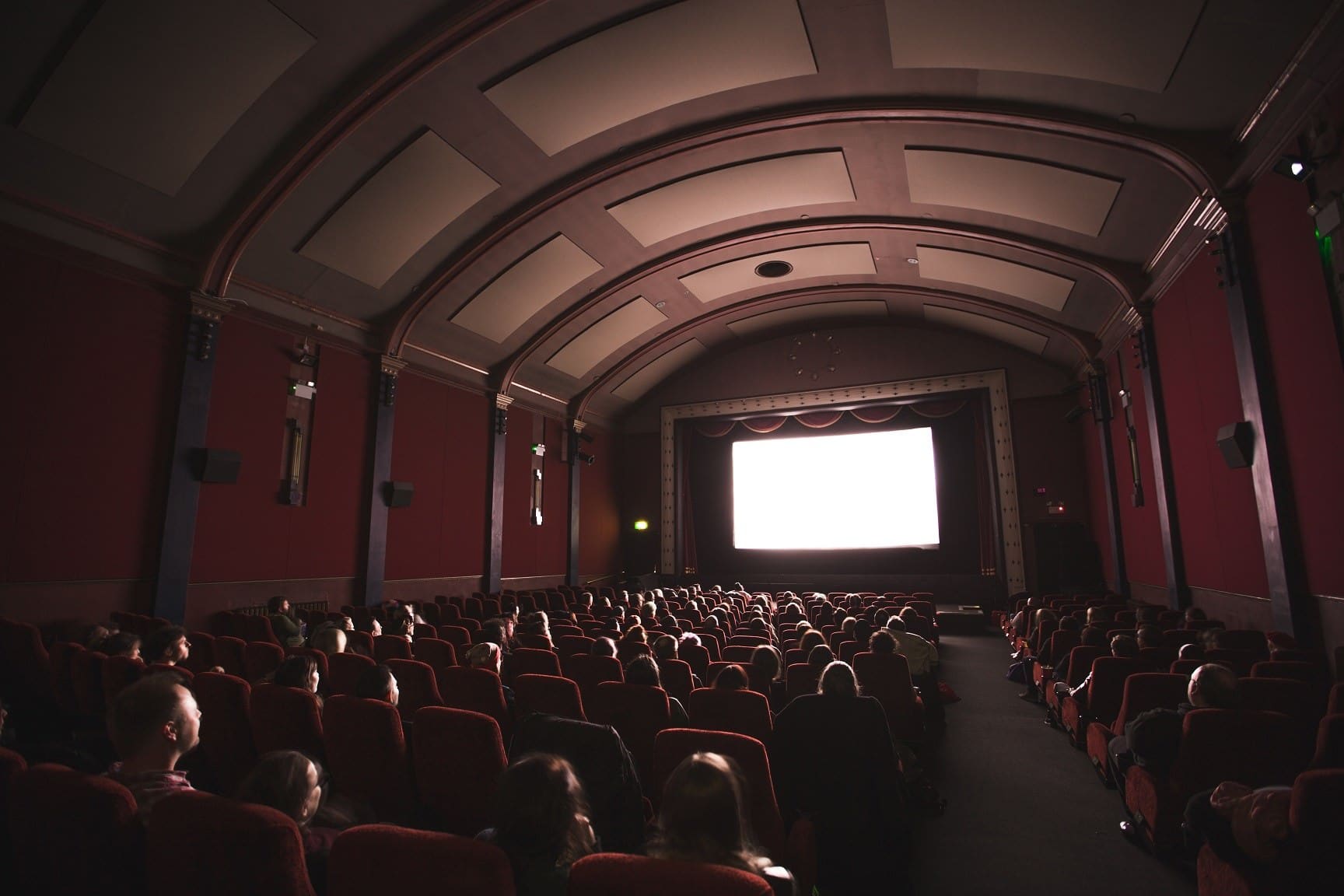A rule designed to make movie theaters more accessible to those with hearing or vision difficulties is now in effect at theaters across the country.
Under Title III of the Americans with Disabilities Act (ADA), the Movie Captioning and Audio Description Rule requires movie theaters that show digital movies make available at all screenings, upon request, the equipment necessary to provide closed captioning and audio description at movie-goers’ seats. The rule initially went into effect in January 2017, with impacted theaters needing to comply by last month (June 2).
In addition to providing closed captioning and audio description devices, the rule requires theaters to provide public notice regarding the availability of these services and to train staff on the use of the equipment before, during, and after a showing.
Closed captioning and audio description enable people with hearing and vision disabilities to have better access to movies shown in a movie theater.
Closed captioning is the written display of a movie’s dialogue and non-speech information — such as music, sounds, sound effects, and speaker identification. When requested, the captions are delivered via individual captioning devices used by patrons at their seats. The captions are not shown to all moviegoers by being displayed on the screen itself.
Audio description enables movie patrons who are blind or have low vision to enjoy movies by providing the spoken narration of a movie’s key visual elements, such as the action, settings, facial expressions, costumes, and scene changes. It involves a separate script that is recorded and synchronized with the movie as it plays. A reading of the script is transmitted to the user via wireless headsets.

The rule also does not require theater operators to add captions or audio description to movies that are not otherwise produced or distributed with these features, nor does it prevent theaters from showing digital movies that are not produced with closed captioning or audio description. Additionally, movie theaters are not prevented from showing the analog version of a movie that is also available in digital format and produced with closed captioning and audio description.
Though the rule is a step toward making theaters more accessible, many deaf viewers prefer open captions — those shown on the screen for all to see (like activist Nyle DiMarco, who tweeted of his experience watching “Black Panther” via a captioning device earlier this year). The National Association of the Deaf, likewise, continues to ask its members to advocate for open captioning access and encourages consumers to advocate with their local theaters as well.
VITAC, a market leader in inclusive and accessible solutions for more than three decades, offers both closed captioning and audio description services.
Our highly skilled captioners provide captions for more than 525,000 live hours and 75,000 prerecorded programs each year, while our professionally trained scriptwriters, voice talents, and engineers bring clear and detailed audio descriptions to a variety of programs.
Title III of the ADA prohibits discrimination on the basis of disability in places of public accommodation — businesses that are generally open to the public and that fall into one of 12 categories listed in the ADA, such as restaurants, recreational facilities, and movie theaters. Title III also requires newly constructed or altered places of public accommodation and commercial facilities to comply with the ADA standards.




